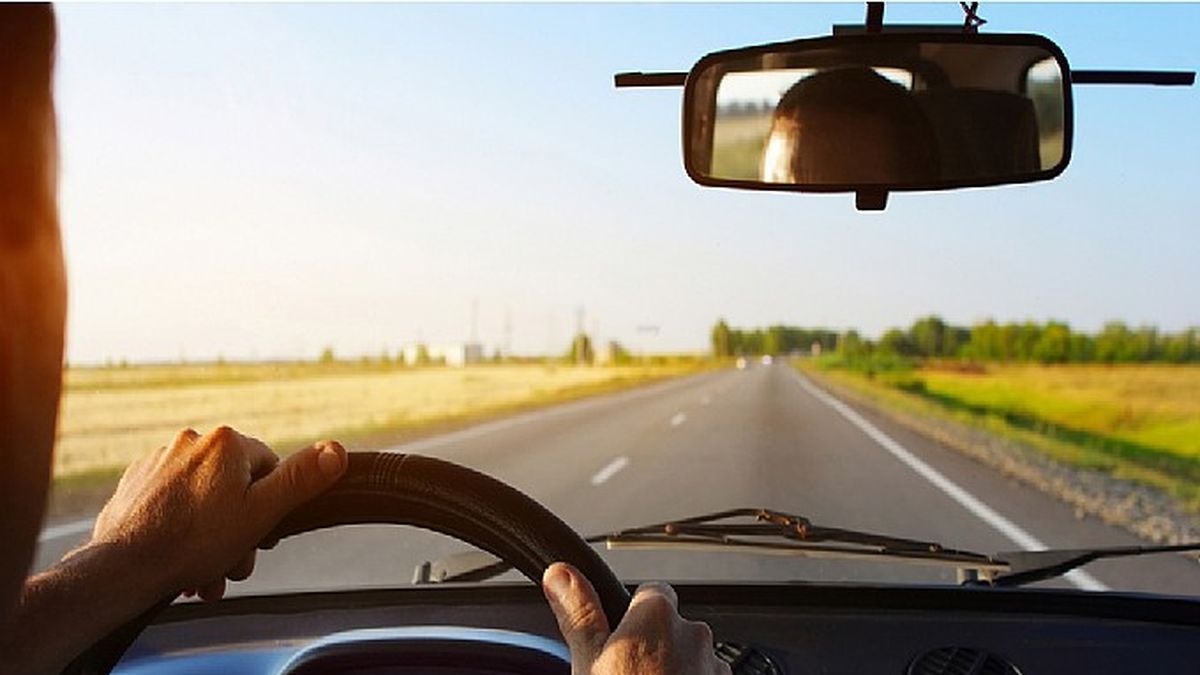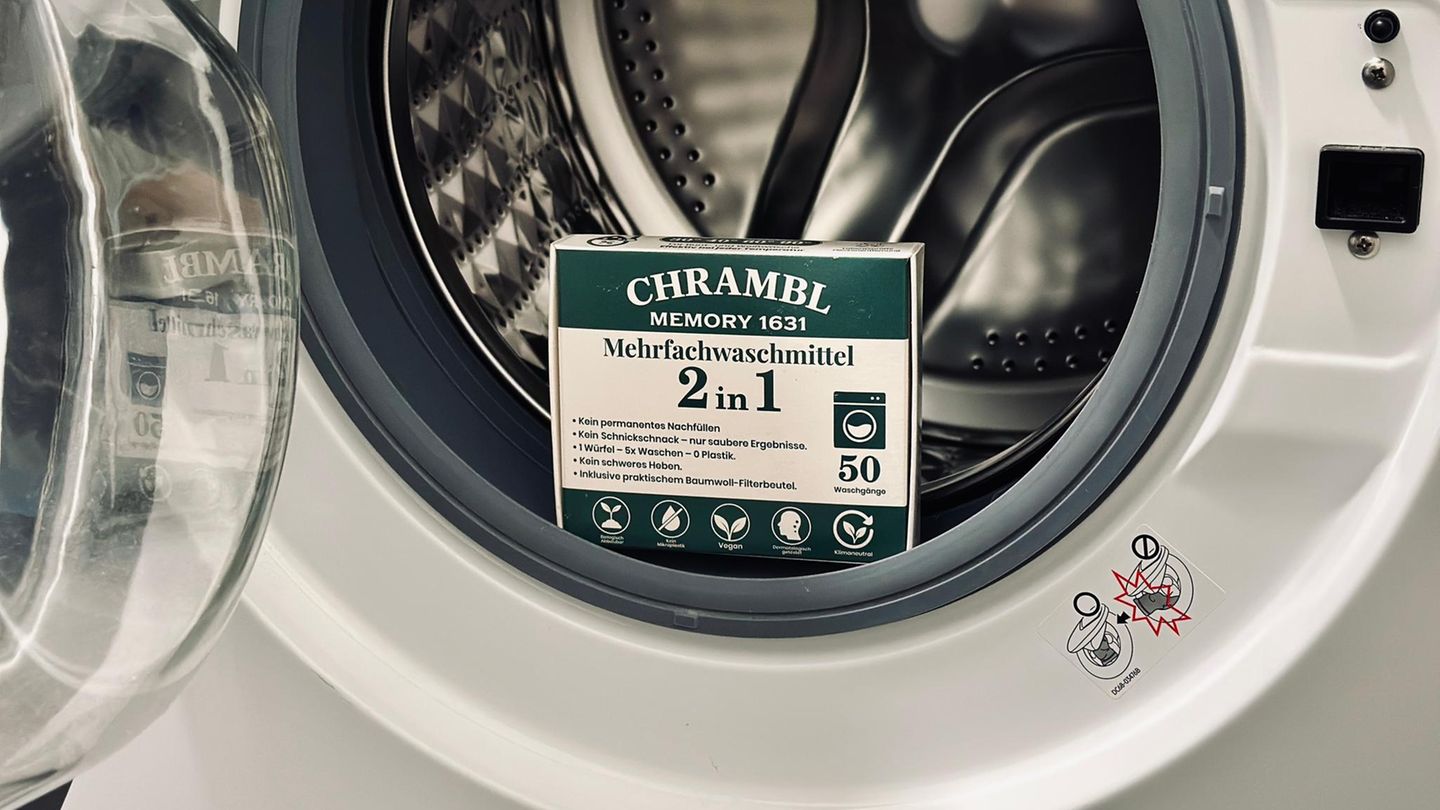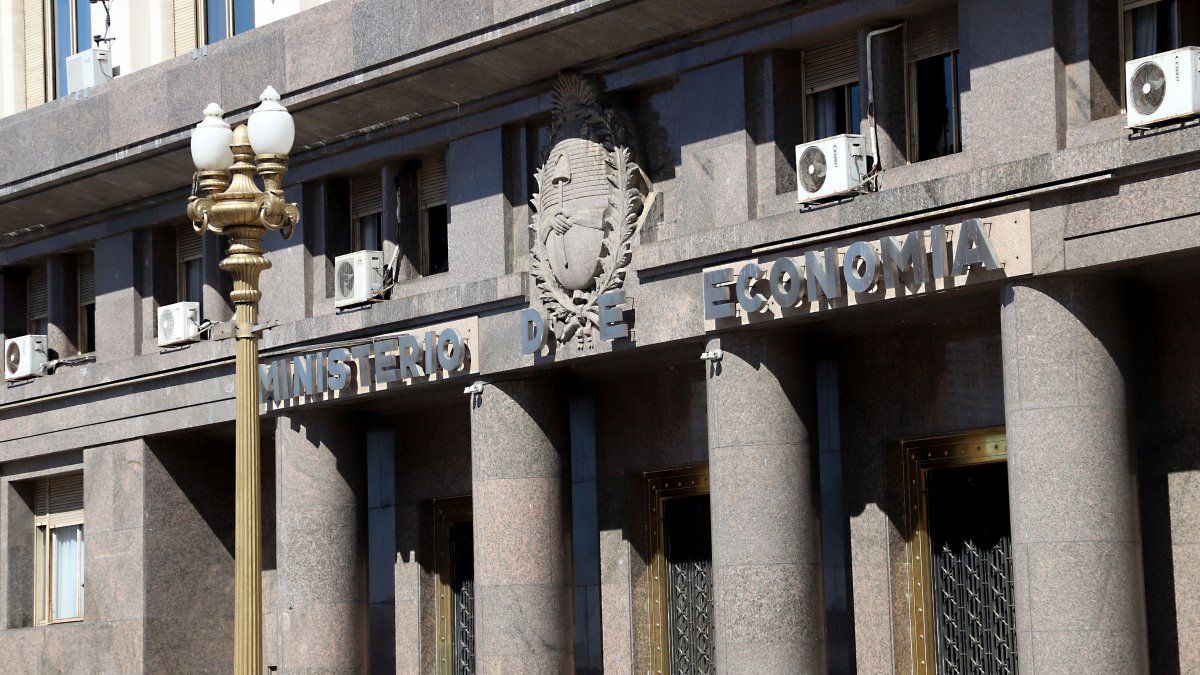In this context, knowing how much gasoline the car consumes and how much will be needed for the trip, You can avoid getting stranded mid-hike or paying higher prices for charging at isolated stations.
How to calculate car fuel consumption
Not all cars use the same amount of fuel, because there are different types of engines and the specific consumption of a vehicle varies depending on its displacement, weight, efficiency technologies and driving habits.
For this reason, the first step is know the average performance of the car, which is usually expressed in liters per 100 kilometers. This information appears in the manual, on the instrument panel or can be easily calculated: just fill the tank, reset the odometer and reload when a considerable distance has been traveled, noting the liters that entered.
With that value, It is possible to estimate the total autonomy by multiplying the tank capacity by the number of kilometers traveled with each liter.
The dashboard is modern and elegant.
The dashboard is modern and elegant.
For example, if 500 kilometers were traveled and 35 liters were loaded, the average consumption was 7 liters per 100 kilometers. In another case, if it has 47 liters and the car delivers 14 km/l, the range is around 658 kilometers. However, Many factors influence real trips: speed, wind, weight of luggage and use of air conditioning, among others.
Recommendations for planning a long trip
Nowadays, Most modern vehicles display the range directly on the instrument panel. This indicator is useful to avoid problems, but it is advisable don’t trust blindly: The number may vary abruptly if driving changes or if you enter a mountain area.
In this sense, it is recommended that charging stops should be planned before setting out on the route. For this, it is useful to consult on your cell phone how many kilometers are left until the next service station. Applications such as Google Maps or Waze allow you to locate nearby stations and know how many kilometers they can be reached.
On the other hand, it is prudent Don’t push the needle to the limit. Experts advise refueling when the fuel level drops to a quarter of a tank. In this way, scares are avoided and fuel pump is protectedwhich can be damaged if you work with too little liquid.
In this way, using the information on the dashboard, controlling distances and anticipating stops are simple keys to enjoying the road without unforeseen events.
Source: Ambito
I’m a recent graduate of the University of Missouri with a degree in journalism. I started working as a news reporter for 24 Hours World about two years ago, and I’ve been writing articles ever since. My main focus is automotive news, but I’ve also written about politics, lifestyle, and entertainment.




